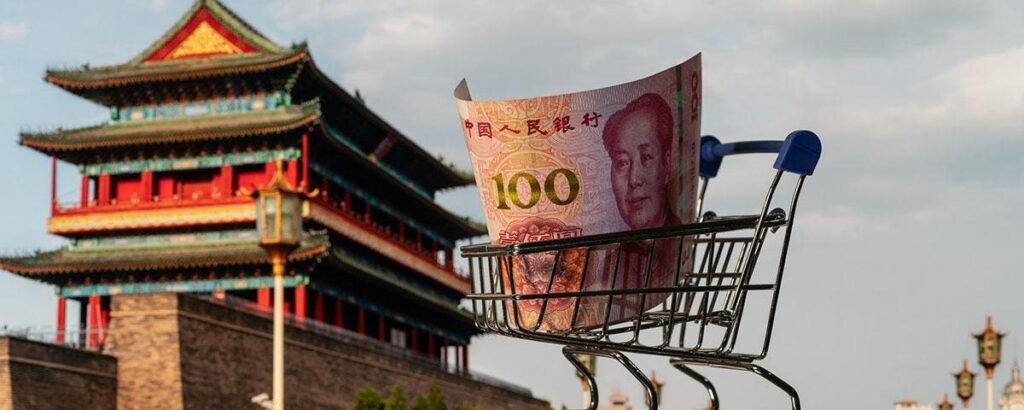Asian equities exhibited a mixed but generally positive performance this week, particularly influenced by the bullish trends in Mainland China, especially on the STAR Board, a platform for tech companies. In contrast, Hong Kong’s market struggled, revealing vulnerabilities in the recent bullish stance of China’s stock market as investors awaited further clarity on stimulus measures and consumer support expected from the forthcoming National People’s Congress (NPC). The economic reports from China, released this week, indicated stable inflation metrics along with disappointing import and export growth, underscoring ongoing economic challenges.
In a surprising turn, equities rallied overnight due to encouraging economic data and supportive comments from key Chinese officials including those from the People’s Bank of China (PBOC), the China Securities Regulatory Commission (CSRC), and notably, President Xi Jinping. The latest economic indicators from China demonstrated that GDP growth, retail sales, and industrial production surpassed expectations in September, providing some optimism for investors. President Xi emphasized the importance of technological innovation while visiting Anhui, reflecting the government’s focus on high-tech development and self-reliance amidst broader economic concerns.
Encouragingly, PBOC President Pan outlined a forthcoming adjustment in policy measures aimed at stabilizing the economy, including possible reductions in the deposit reserve ratio, which could enhance banks’ lending capacity. This follows a recent half-percent cut, aiming to stimulate lending in light of the economic slowdown, particularly in the real estate sector. Pan also highlighted the government’s commitment to implementing comprehensive macro-supportive policies targeting weak domestic consumption and improving livelihood conditions, signaling a proactive approach from Beijing to mitigate economic downturns.
Additional context was provided with more economic data revealing a slight increase in Q3 GDP to 4.6%, narrowly beating expectations while still signaling a slowdown from the previous quarter’s 4.7% growth. Furthermore, September’s industrial production and retail sales growth also exceeded analyst forecasts, suggesting some resilience in the consumer market amidst ongoing challenges. Conversely, continued weakness in the real estate market was evident, with declining new and used home prices, exacerbating concerns for future growth prospects driven by the critical property sector that has historically underpinned economic stability.
Investor reactions in both Hong Kong and Mainland China markets reflected this mixed economic outlook. While growth stocks surged, driven by gains in the technology sector, profit-taking behavior led to a rare net sell day in Southbound Stock Connect for Mainland investors, betting against previous patterns of buying. Despite this sell-off, notable individual stocks such as Alibaba and Tencent attracted buying interest, hinting at focused investment strategies amid overall market volatility. Borrowing tactics, such as stock buybacks, were also observed as companies reacted to market dynamics in search of price stability.
Looking ahead, the implications of the U.S.-China trade relationship remain a significant backdrop for market performance, reflecting broader geopolitical dynamics that could shift investor sentiment. Commentary around historical trade trends and their economic ramifications seeks to underline the complexities involved in evaluating trade deficits and multinational business operations as intertwined in the global marketplace. Providing timely insights on market trends and strategies, KraneShares is set to explore topics such as private equity drivers in a forthcoming webinar, while acknowledging the substantial influence of macroeconomic forces on investment decisions and market behavior in the months ahead.

